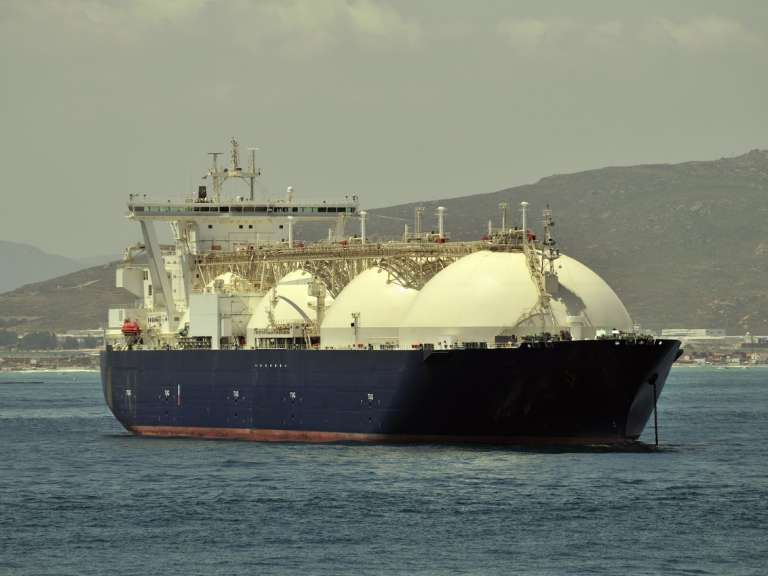Natural gas prices generally exert a strong influence over power prices in the U.S., setting the price at the margin. It's therefore useful to examine the long-term natural gas outlook and key factors that may affect gas prices in the foreseeable future. The biggest changes on the demand side have to do with the utilization of gas for electricity generation and the potential upswing in liquid natural gas (LNG) exports. On the supply side, the critical factors have to do with the availability of reserves and the cost of extraction. An examination of these elements suggests that gas prices may remain low for some time to come.
Demand for Gas in the Power Sector
Although there has been some switching of coal to natural gas, and some new gas plants are being built, the evidence is mounting that gas demand is not likely to grow significantly in this sector. Two reasons account for this: First, according to Bloomberg, overall U.S. electricity consumption has actually declined slightly since 2007; second, renewables are grabbing an ever larger share of the new generation pie. More than half of the new U.S. generation built in 2016 came from renewables—and 2017 is looking similar.
Demand for Liquid Natural Gas
LNG exports could potentially pick up the slack, but the dynamic is changing here as well. The number of LNG export permit requests with the Federal Energy Regulatory Commission (FERC) are substantial. Additionally, the FERC lists one existing plant and seven LNG export facilities under construction, totaling 3.8 trillion cubic feet (Tcf) of gas per year. Put in context, the sum of these seven facilities would represent 13.8 percent of domestic consumption.
Another four approved export terminals that are not yet under construction will raise that number to nearly 20 percent of today's domestic demand, which is equal to roughly 55 percent of today's gas demand for power generation. Terminals under construction are expected to come online between the end of 2017 and 2020. There's somewhat less certainty for the additional facilities still awaiting permits. However, these projects take a long time. Since they were first conceived, global markets for LNG have dramatically shifted, putting their status in doubt. When the first LNG facilities were being constructed in 2012–2013, overseas gas prices (especially in Asia) were five to six times higher than in the U.S. By the time the first LNG shipment actually took place in 2016, however, prices had collapsed. Between late 2013 and mid-2016, the price of domestic gas had plummeted from about $3.60 per mmBtu at Henry Hub to around $2.60, according to the law firm Chadbourne and Park. Taken alone, that would have made LNG more competitive. However, global prices crashed as well. For example, Tokyo's price declined from a high of $15.40 to $4.55 over the same period. Meanwhile, global liquefaction capacity increased by an additional 20 percent. This has slowed progress on additional LNG facilities for the time being and muted demand.
Technological Advances on the Supply Side Drive Prices Down
Even as factors driving global demand have softened, technological advances on the gas supply side—particularly in fracking due to improved drilling technologies—have further reduced production costs.
Companies such as leading gas producer Chesapeake Energy have doubled pressure in some wells over the past five years, stimulating more production and reducing drilling costs by as much as 50 percent. Companies are also drilling faster and to lengths of up to three miles—an unimaginable feat just a few short years ago. With new and improved technologies, break-even costs for some drillers are in the low- to mid-$2 range per mmBtu. Thus, there is a good chance that, even if overseas LNG demand increases, improvements in drilling technologies will continue to put a cap on gas prices.
The Implication for Long-Term Power Prices
The long-term natural gas outlook is not the only factor driving electricity prices. The costs of competing technologies such as wind and solar matter, as does regional pipeline availability and total electric-generation capacity relative to load. Nonetheless, gas prices will likely play a critical role in setting power prices for the foreseeable future.
Demand drivers, such as electricity generation and LNG exports, have slowed recently. Meanwhile, on the supply side, improved drilling technologies are likely to increase supply and offset any growing demand. While it is always risky to predict the future, U.S. natural gas prices may remain soft for some time to come. Advances in drilling technologies, combined with increased levels of relatively low-cost renewables, suggest a low-priced electricity environment for the foreseeable future.
